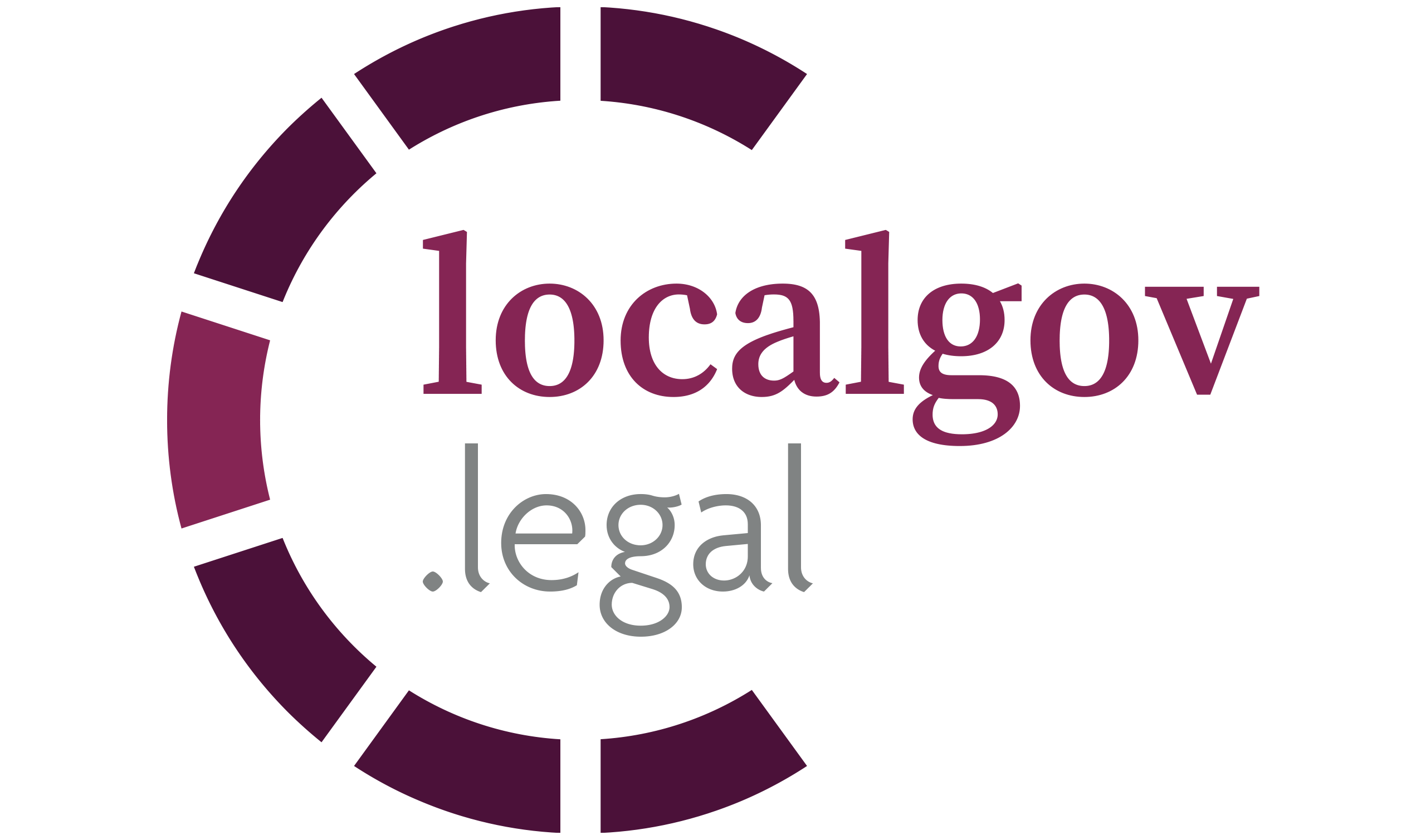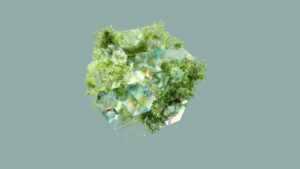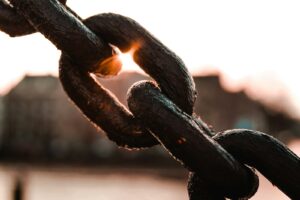Ian Packham reports from West Africa, where illegitimate industry threatens wildlife, contaminates water, toxifies land, and sparks brutal conflicts
‘The water shouldn’t be this colour’ says my guide to the birthplace of Kwame Nkrumah, Ghana’s first president – the small town of Nkroful, in the country’s Western Region.
The small rivulet where Ghana’s founding father plucked out a fish as a child, thereby heralding his future greatness, is a lurid, ugly, yellow-brown. Its muddy banks are devoid of vegetation, and there’s barely a bird call. It’s as unnatural a setting as any you’ll find in the country. ‘It’s galamsey’ she adds.
Despite the efforts of multiple organisations within Ghana’s government, including the army, small-scale ‘artisan’ illegal gold mining – known as galamsey, a concatenation of ‘gather them and sell’ – has polluted vast stretches of the country’s waterways.
Extracting gold uses large quantities of toxic substances including cyanide, mercury, cadmium and lead, all chemicals which need little introduction when it comes to their toxicity to living things.
Even the River Volta has turned the same unhealthy yellow colour close to the town of Yapei in the country’s north. Flowing for 930miles [1,500km], more than four times the length of the Thames, and with a basin extending across most of the country, this is Ghana’s most important river.
Its dams provide hydroelectric power, while its waters provide direct irrigation for farmland and a source of income for fishermen hauling their nets along the river and the massive reservoir [Lake Volta] formed by the Akosombo Dam in Ghana’s southeast.
The contamination has killed livestock in some areas, pushing animals and human inhabitants to use the few boreholes supplying fresh clean water in drier regions of the country. At its worst, galamsey mining has also led to physical conflict.
A recent study carried out by TAMA Foundation Universal [a non-governmental organisation focussed on natural resource governance], together with the Faculty of Natural Resources and Environment at the University for Development Studies [UDS] in Tamale, found that of 64 current conflicts, one third are the result of illegal gold mining.
With parliamentary and presidential elections this December, galamsey has become a major public issue. The Kontinhene, or paramount chief of the town of Asoum, Nana Boadi Ampomenim Abodade III, made headlines when he recently publicly said that ‘cocoa is being pulled apart [because of galamsey], palm oil is being destroyed, drinking water is being destroyed,’ before calling on the current, Nana Akufo-Addo, president to tackle the issue effectively.
And it’s not that illegal gold mines are difficult to spot. Aboard the trotro minibuses which constitute a main form of transport, I pass several between the cities Tarkwa and Obuasi, Ghana’s modern centres of mining operations. They are noticeable through the stripped back vegetation, churned clay soil, deep pits and rudimentary mining equipment, often made from materials such as tree branches.
Ghana has always been known for its gold deposits – during the colonial period the British called it Gold Coast precisely for this reason. Gold prices are so high, and on a continuously upward projection, that even the UK Royal Mint has begun recycling electronics to extract the tiny amounts of pure gold used in computer chips for its excellent electrical conductivity. As of this morning, a kilogram of gold is worth over £63,000.
But galamsey miners – significant numbers of whom die every year when tunnels collapse – don’t see these riches. They point out that very often it’s community members like them who gain little directly from the presence of big, legal gold mining operations carried out by multinational corporations such as AngloGold Ashanti.
Their publicly-available information shows their Obuasi mining operations used 926tonnes of cyanide in 2023, while contributing £1.84m to the region and paying £34.6m in taxes.
Ghana’s Water Resources Commission says 60% of the country’s waterways are contaminated or otherwise polluted because of galamsey, leading the Ministry of Lands and Natural Resources, which oversees the mining sector, to estimate that unless something changes Ghana will have to import fresh water by 2030. The organisation has even sent out ‘security operatives’ to seize equipment and arrest those involved in galamsey.
In addition, illegal mining has started to threaten wildlife reseeves, which play a key part in drawing tourists to the country. Like Wechiau Hippo Sanctuary, a protected site and home to 50 hippos and 250 bird species on the Black Volta in the country’s northwest. It has supported 2,000 local residents, many of them women who otherwise find it hard to do anything but rely on male relatives.
Nevertheless, few people want to see legal gold production end permanently. It remains an important source of revenue for Ghana. Formal gold mining began in Tarkwa in 1877, and Obuasi in 1879, where large mines run by international conglomerates remain today. But as early as 1471, the area now known as Ghana was exporting 10% of the world’s gold finds.
Today, gold accounts for around 5% of Ghana’s GDP, and 90% of its mineral exports, equal to a real terms value of around £26billion – more than 13.5 times the annual national education budget. In other words, gold is incredibly important to the Ghanaian economy. It has even surpassed South Africa as the continent’s biggest gold producer – a title South Africa would like back.
Even more startling is the fact almost half of Ghana’s gold is formed into weighty blocks by galamseyers. Speak to them, and there’s one main reason why generally young men from the countryside become illegal gold miners. Even with university education, they can’t find any other work. It’s estimated there are anywhere from 50,000 and 200,000 galamseyers, with a further 2.8million relying on the proceeds of their illegality.
It’s tough not to feel sorry for them. They don’t want to be polluting their local waterways, and rarely are they particularly keen to be miners. But with a lacklustre jobs market and pressure from families to earn, it’s hard to see where else they can turn beyond hoping for the arrival of a nosey environmental journalist or intervention from local NGOs.
More from Ian Packham:
Seeing red: Ghana’s palm oil industry and sustainable futures
Images: Ian Packham
















